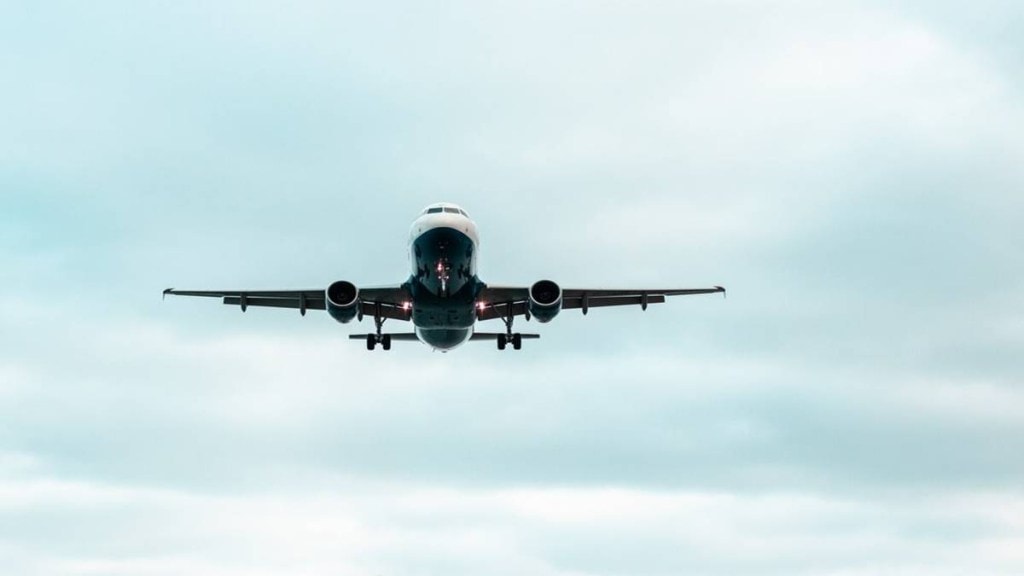The Indian aviation industry is poised for significant growth in 2025, marked by mega-mergers, fleet expansion, and infrastructure developments. However, persistent supply chain disruptions and safety concerns remain pressing challenges. Here’s a detailed look at the year ahead and the milestones achieved in 2024.
Air India’s landmark merger with Vistara in November 2024 has created a unified airline, integrating Singapore Airlines’ expertise to form a global carrier serving over 90 destinations. The merger of Air India Express and AIX Connect further solidified Tata Group’s vision of building a world-class aviation company with an Indian identity.
Meanwhile, IndiGo, marking its 18th anniversary, has placed significant aircraft orders and introduced business class on select routes, signalling its intent to capture international markets.
Fleet Expansion and New Airports in pipeline
The combined fleet of Indian carriers now exceeds 800 aircraft, with Air India announcing an additional 100 Airbus planes, complementing its previous order of 470 aircraft. IndiGo, with nearly 1,000 aircraft orders, is preparing for its first A321 XLR delivery.
Despite these expansions, supply chain disruptions and engine issues at Boeing and other manufacturers have delayed deliveries, posing challenges to airlines’ growth strategies.
2025 will witness the operationalization of two key airports: Noida International Airport and Navi Mumbai International Airport. These airports are expected to alleviate congestion at Delhi and Mumbai airports, enhancing passenger convenience and boosting regional connectivity.
The aviation sector faced several challenges in 2024, including hoax bomb threats that disrupted operations. Parliament’s passage of the Bharatiya Vayuyan Vidheyak 2024 aims to modernise aviation laws, promoting ease of business and local aircraft manufacturing.
Efforts to address carbon emissions and implement stricter pilot fatigue norms are gaining momentum. However, allegations of safety lapses, particularly against Akasa Air, and the absence of full-time heads at key regulatory bodies like the DGCA highlight areas requiring attention.
Economic Turbulence and Market Dynamics
While IndiGo and the Air India Group dominate with over 90 per cent of the domestic market share, smaller players like SpiceJet and Akasa Air grapple with financial and operational challenges. SpiceJet’s recent Rs 3,000 crore fundraise showcases its efforts to navigate turbulent times.
Indian aviation’s domestic passenger traffic is expected to soar to 170 million by March 2025, with a focus on increasing wide-body aircraft and enhancing global connectivity. Industry leaders like Akasa Air’s Vinay Dube and IATA chief Willie Walsh view the market as exceptionally promising.
As the sector evolves, it is clear that Indian aviation is preparing for a long-haul transformation, balancing growth aspirations with the need for resilience and sustainability.
(With agency inputs)

